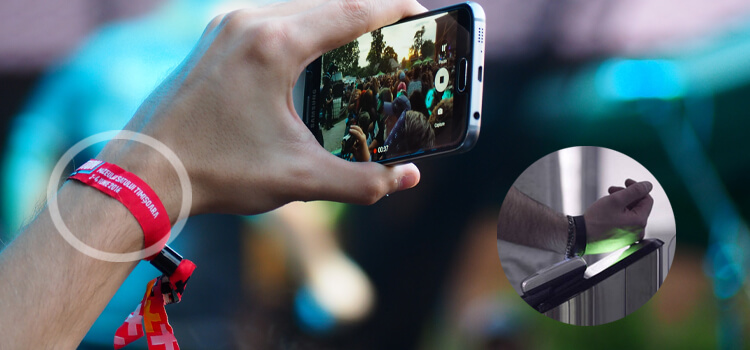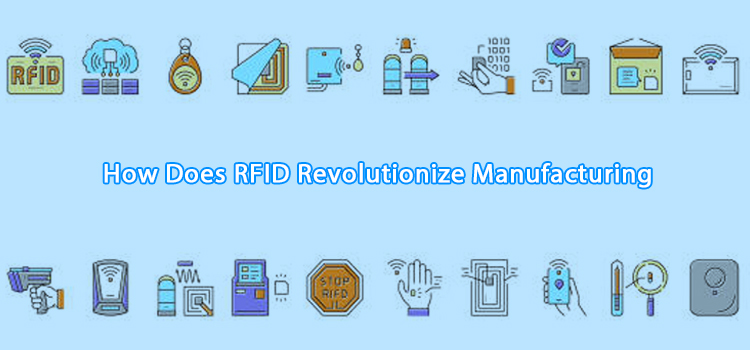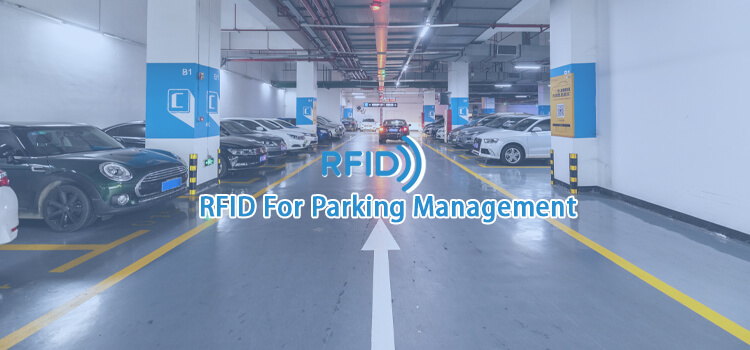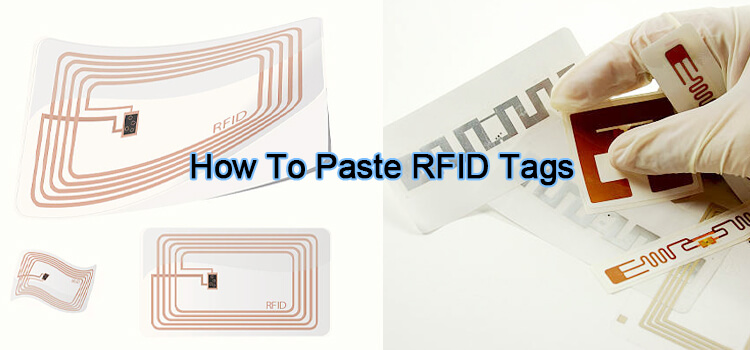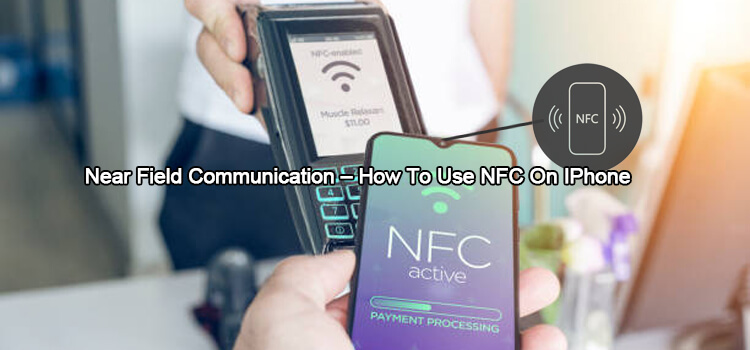If you’ve been to a concert, sporting event, or any other large gathering lately, you’ve probably seen people using RFID wristbands to gain entry. But what exactly is RFID, and how does it work?
In this article, we explain how you can use RFID access control systems to streamline security in events, buildings, and other controlled areas.
What is RFID?
RFID stands for radio frequency identification. It’s a technology that uses radio waves to identify objects and people. RFID tags are small chips that contain antennas that broadcast radio waves.
When an RFID reader comes within range of an RFID tag, it sends a signal that activates the tag. The tag then transmits its ID number to the reader.
This ID number is transmitted to the central operating software, which uses it to identify the person associated with the tag. If the details match those in the access control system, the person is granted entry.
Components of an RFID Access Control System
An RFID access control system is complex and comes with several interdependent parts. Here are the main components:
- RFID Tags
This is what is handed over to guests, employees, or other authorized personnel. The tag can be in the form of an RFID card, RFID key fob, or RFID wristband.
It contains a microchip with enough storage memory (mostly 256 bits). This is where a unique ID number is written and stored.
Some tags may also have other information like the name of the person, company, or event, depending on the tag’s memory size.
- RFID Readers
These are devices that emit radio waves and receive signals from RFID tags. They come in different shapes and sizes, depending on their purpose.
Some common types include handheld RFID readers, RFID desktop readers, USB plug-in readers, and fixed RFID readers. These contain RFID reader antennas and RFID reader modules.
RFID antennas come in different shapes and sizes and can be classified into two main types: directional and omnidirectional. The former emits a focused beam that can read tags from a distance, while the latter emits radio waves in all directions.
RFID reader modules are the brains of the device. They are responsible for sending signals to the tags and receiving information from them.
- Access Control Software
This software manages all the access control system components and data. It stores information about authorized personnel in a database and uses it to grant or deny access.
The software can be installed on a local server or accessed through a cloud-based platform. It comes with a user interface that can be used to manage system settings and monitor activity in real-time.
How Does an RFID Access Control System Work?
An RFID access control system works by reading the ID number of an RFID tag and matching it to the information stored in the central database. If the details match, the person is granted entry.
If not, the person is denied access, and an alarm is triggered. This helps to deter unauthorized entry and improve security on the premises.
RFID access control systems can be used in several settings, including businesses, schools, hospitals, and events. They are especially useful in large crowds where it would be difficult to manually check everyone’s ID.
Advantages of Using RFID for Access Control
There are many advantages to using RFID for access control, including:
- Security. RFID access control systems are more secure than traditional methods like barcodes or paper tickets. This is because each person is assigned a unique identifier, which is stored on an RFID tag. This makes it difficult for someone to forge an entry into an event or building.
- Efficiency. RFID access control systems are more efficient than traditional methods because they do not require people to stop and show their tickets or IDs. This speeds up the entry process and reduces congestion at entrances.
- Cost Effective. RFID access control systems are more cost-effective than traditional methods because they do not require the purchase of tickets or IDs. This saves money on printing and production costs.
- Contactless. One of the biggest advantages of RFID access control systems is that they are contactless. This means that people do not have to physically touch a reader or scanner, reducing the spread of germs.
How to Choose an RFID Access Control System
When choosing an RFID access control system, there are a few things you need to consider. They include:
- Type of RFID Chip
Do you want a passive or active RFID tag? Your choice will depend on your desired read range and durability. Active tags contain a battery and can be read from a distance, while passive tags do not contain a battery and have a shorter read range.
Ideally, passive tags read range varies from 2.5 to 20 feet, while an active tag read range goes up to 100 feet. We recommend passive RFID tags for small events and active tags for high-end buildings and facilities.
- Frequency of Operation
If you choose passive tags, you must decide which frequency you want to use. The most common frequencies are low-frequency (LF), high-frequency (HF), and ultra-high-frequency (UHF).
LF tags have a short read range and are more resistant to interference. On the other hand, UHF tags have the longest read range but are susceptible to radio wave interference.
- Size and Shape of Tag
You also need to consider the size and shape of the tag. The size will determine how visible the tag is, and the shape will determine how easy it is to attach to different objects.
Some common tag shapes include discs, fobs, wristbands, and key cards. We recommend choosing a tag that is small and unobtrusive.
- Memory Capacity
The memory capacity of an RFID tag determines how much data it can store. This is important if you plan on using the tag for other applications, such as storing customer loyalty information.
If you only need to store basic information, such as an ID number, a small memory capacity will suffice. However, you will need a tag with a larger memory capacity to store more complex data.
- Cost
The cost of RFID tags and readers can vary depending on the features and specifications you need. You can find affordable tags and readers for small events, but you must invest in more expensive tags and readers for larger events or facilities.
To get the most bang for your buck, we recommend investing in an RFID access control system that can be used for multiple applications. This way, you can use the same system for different events.

